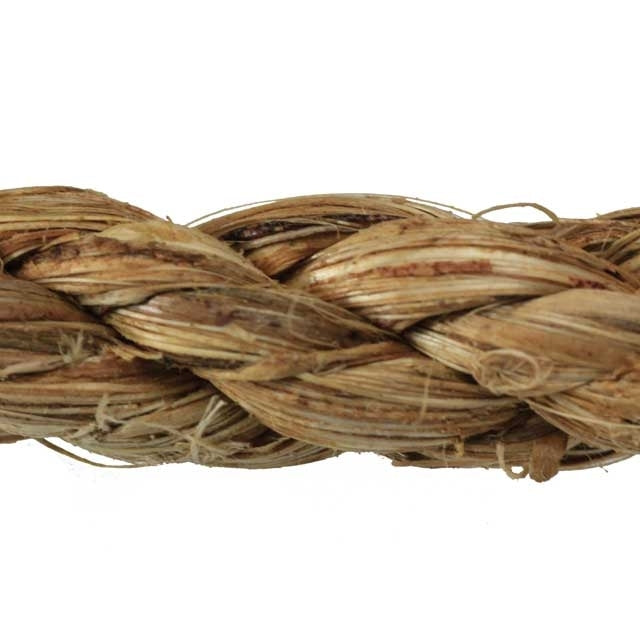
What Kind of Rope Floats? What is Manila Rope Made From? And Other Rope Questions Answered
Q. What is manila rope made from?
Manila rope is manufactured from a plant native to the Philippines- the abaca plant- which is how it gets its name. It’s also sometimes called hemp rope or sisal rope because it is made of hemp fibers. The all natural fibers make it absorbent, but it stretches very little so it’s great for making a rope ladder, landscaping, obstacle courses, etc. Manilla rope holds a knot extremely well so it also makes a great tug of war rope. Its water absorbency also makes it prone to mildew and it can shrink up to 15% when wet.
Q. What kind of rope floats?
Often called pool rope or ski rope, polypropylene rope is a synthetic that’s very lightweight so it will not sink in water. Since it doesn’t absorb water, it resists rot, mildew, oils, acids, etc. Polypropylene can stretch when under load and can be uncomfortable to handle since it is stiffer than a natural fiber. Polypropylene is sometimes mistaken for parachute cord (also called paracord or 550 cord), however, that is a nylon general purpose utility cord with a smoother texture.
Q. Does polyester rope stretch?
Polyester rope is very similar to nylon but it does not stretch as much as a nylon. The lack of stretch makes it great for uses where stretching would be dangerous: tug ropes, tree ropes, etc. Polyester keeps its strength even when wet and is very resistant to mildew, rot, etc. We sell three different constructions: diamond braid, solid braid and twisted.
Q. What is cotton rope used for?
Cotton rope offers less strength than other ropes but its softness makes it much more comfortable to handle. We generally suggest cotton for lightweight applications such as for tents, pet toys, awnings, making a hammock stand, etc. Natural cotton rope does hold up better than some synthetic ropes to UV rays so it can be better choice for outdoor uses if it will be subjected to sun exposure outside.
Q. What is the best rope for climbing?
We get this question a lot- along with how to choose a carabiner for climbing. Because climbing is not something we recommend with our rope and carabiner clips, we cannot offer any suggestions. Our products are not designed for climbing; we prefer our customers contact an expert in climbing supplies for the best advice!





